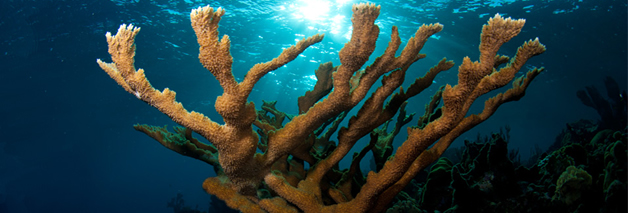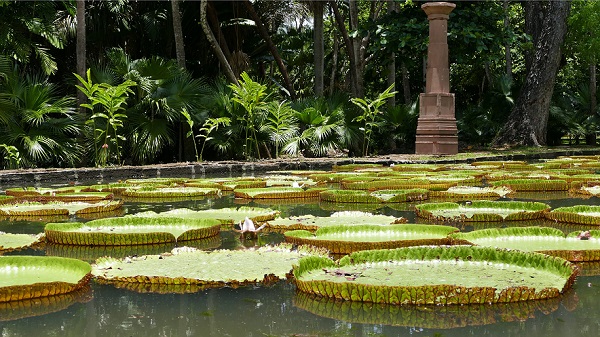While the coverage of terrestrial protected areas remains unchanged since 2010, there has been a focus on restoration of native forests, and a large system o f marine protected areas comprising fishing reserves, marine parks and marine reserves has been established in the waters around Mauritius and Rodrigues. Mauritius has also established a new paradigm for protected areas, fostering private sector involvement in ownership and management of protected areas.
Transboundary protected and conserved areas
Mauritius includes part of the Western Indian Ocean Transfrontier Marine Park.
Policy context
A comprehensive report on legislation and policy related to protected area management, governance, and equity was undertaken by the BIOPAMA programme. It identified 41 relevant laws and policies in Mauritius (Tessema, 2019).
Key species
Mauritius and Rodrigues are home to high levels of endemism amongst plants, reptiles, invertebrates and birds, although there have been several extinctions due to invasive species. There are 691 native flowering plants species of which 273 are endemic (150 endemic to the Mascarene Archipelago) in Mauritius and 150 native flowering plants species of which 47 are endemic (72 endemic to the Mascarene Archipelago) in Rodrigues. The only native mammals are bats (fruit bats and tomb bats) and to-date nine endemic species of land bird and eleven endemic reptile species exist on the island. Two species of fruit bat currently occur in the Republic of Mauritius: Pteropus niger in Mauritius and Pteropus rodricensis in Rodrigues. Of the 17 reptile species that used to be found in Mauritius, only 12 remain of which 11 endemic species, and 7 of these are restricted to offshore islets where they escaped extinction from rats. Moreover, five of these species are restricted to Round Island.
Pressures and threats
Habitat clearance and invasive alien species have been the most significant threat to the biodiversity of Mauritius to date. Climate change and pollution have also caused pressure on the island’s ecosystems. Indirect drivers of biodiversity loss include demographic change, and socio-political factors, particularly funding and capacity for biodiversity conservation.

 Protected Areas
Protected Areas





